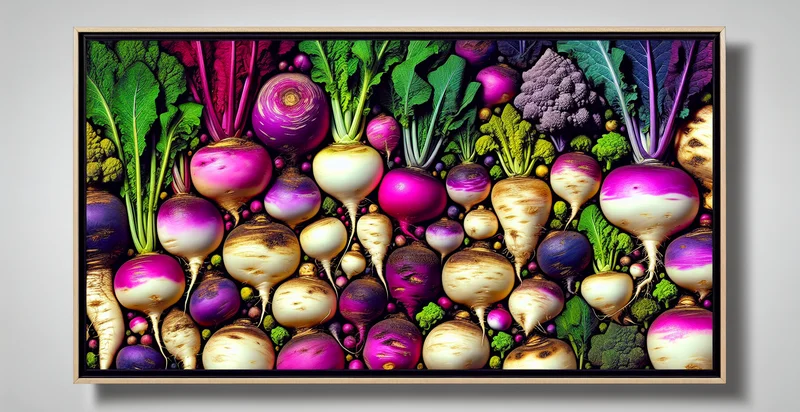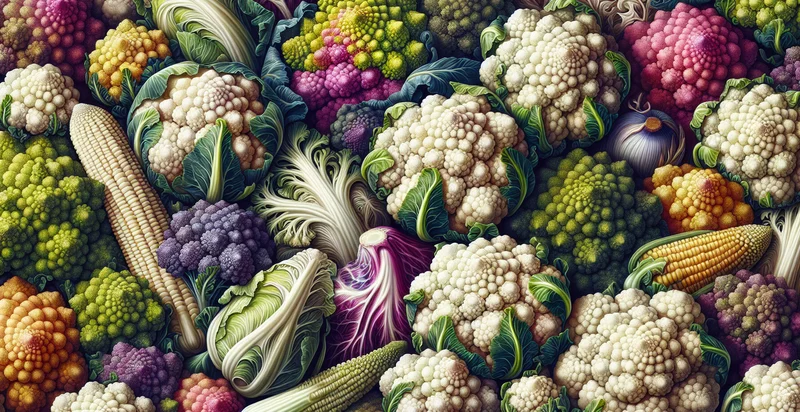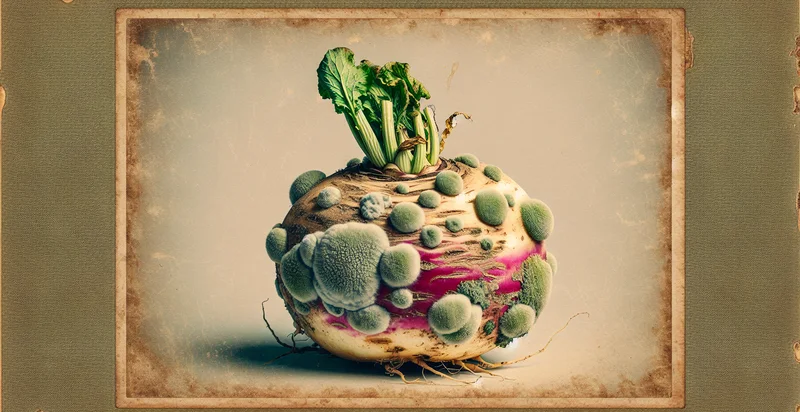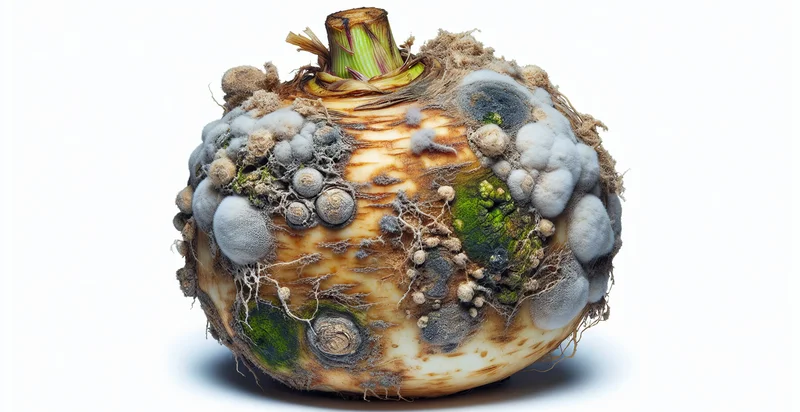Identify turnip species
using AI
Below is a free classifier to identify turnip species. Just upload your image, and our AI will predict what species of turnip it is - in just seconds.

Contact us for API access
Or, use Nyckel to build highly-accurate custom classifiers in just minutes. No PhD required.
Get started
import nyckel
credentials = nyckel.Credentials("YOUR_CLIENT_ID", "YOUR_CLIENT_SECRET")
nyckel.invoke("turnip-species", "your_image_url", credentials)
fetch('https://www.nyckel.com/v1/functions/turnip-species/invoke', {
method: 'POST',
headers: {
'Authorization': 'Bearer ' + 'YOUR_BEARER_TOKEN',
'Content-Type': 'application/json',
},
body: JSON.stringify(
{"data": "your_image_url"}
)
})
.then(response => response.json())
.then(data => console.log(data));
curl -X POST \
-H "Content-Type: application/json" \
-H "Authorization: Bearer YOUR_BEARER_TOKEN" \
-d '{"data": "your_image_url"}' \
https://www.nyckel.com/v1/functions/turnip-species/invoke
How this classifier works
To start, upload your image. Our AI tool will then predict what species of turnip it is.
This pretrained image model uses a Nyckel-created dataset and has 15 labels, including Baby Turnip, Black Turnip, Broker Turnip, Chinese Turnip, Golden Globe Turnip, Greens With Turnip, Japanese Turnip, Large White Turnip, London Turnip and Purple Top Turnip.
We'll also show a confidence score (the higher the number, the more confident the AI model is around what species of turnip it is).
Whether you're just curious or building turnip species detection into your application, we hope our classifier proves helpful.
Related Classifiers
Need to identify turnip species at scale?
Get API or Zapier access to this classifier for free. It's perfect for:
- Agricultural Research: Researchers can employ the turnip species identifier to classify and study different varieties of turnips in agricultural studies. This data can help them understand the genetic diversity of turnips and develop better cultivation techniques and pest resistance.
- Food Supply Chain Monitoring: Food suppliers can use the identifier to ensure that the turnips they source are correctly classified, maximizing quality control. This helps maintain product integrity and prevents mislabeling that can affect the supply chain efficiency.
- Culinary Application: Chefs and culinary experts can utilize the turnip species identifier to explore and incorporate diverse turnip varieties into dishes. By understanding the unique flavors and textures of different species, chefs can elevate their culinary creations.
- Nutritional Analysis: Nutritionists can leverage the identifier to differentiate between turnip species, allowing for more accurate assessments of nutritional content in diets. This information could inform dietary recommendations tailored to individual health needs or preferences.
- Sustainable Farming Practices: Sustainable farming organizations can use the turnip species identifier to promote the cultivation of heirloom and lesser-known turnip varieties. By encouraging biodiversity, they can support environmental health and resilience in agricultural ecosystems.
- Educational Programs: Educational institutions can integrate the turnip species identifier into their botanical and agricultural curricula. This hands-on tool can engage students in learning about plant species, their classifications, and their applications in real-world settings.
- Home Gardening: Home gardeners can utilize the turnip species identifier to select appropriate turnip varieties that thrive in their specific environments. This helps them make informed decisions, increasing their chances of a successful and fruitful garden.


